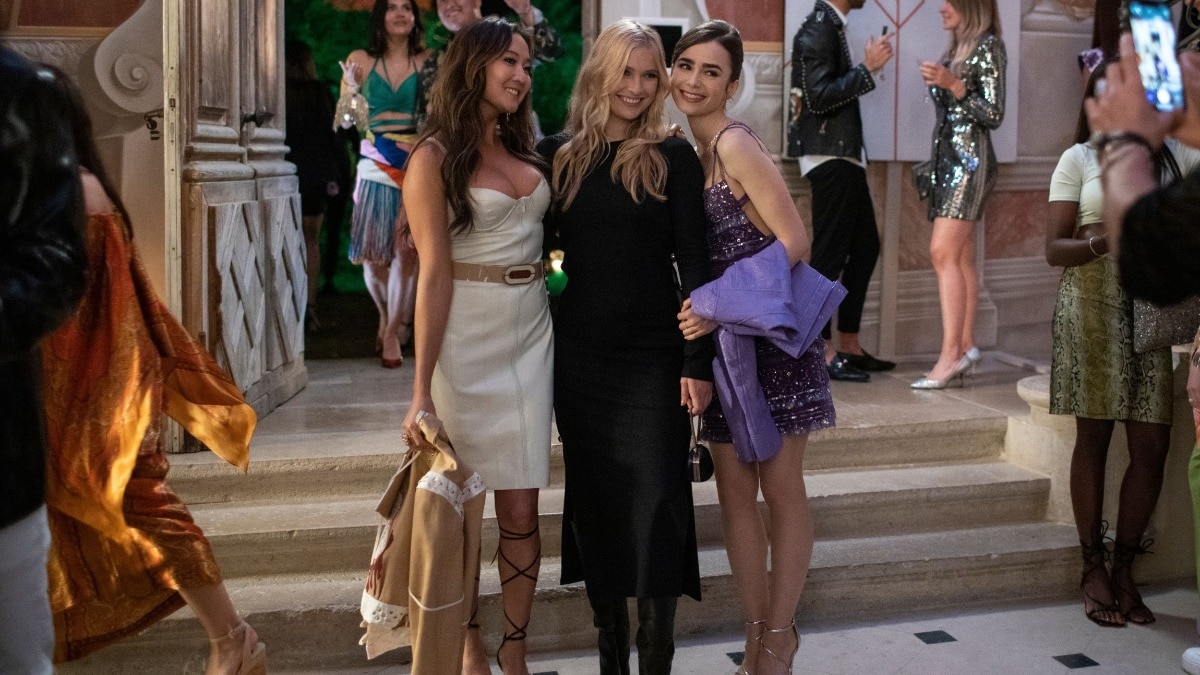
Why the female form is revered in history but censored in modern art
Navigating the contradictions in society's cultural view of the female body.


Contemporary Indian attitudes have long maintained a dichotomous view of the female form. We appreciate it when we see it/them on temple walls (think Khajuraho). We appreciate it when paintings depicting it fetch millions in auctions (think Souza). And we certainly appreciate it when we think of ancient Greek and Roman sculptures. But when it comes to teaching it or embracing it in contemporary situations, we shy away from acknowledging the same female body enough.

Maharaja Sayajirao University of Baroda (MSU) houses one of the most prestigious fine arts departments in the country. However, after a few incidents where outsiders entered the university and disrupted nude drawing classes, live nude drawing was removed from the syllabus. For two reasons, one is the fear of offending those who have nothing to do with the course, and the second is the difficulty of getting nude models, especially women. Yet this year when I visited the Master of Fine Arts show in May, I noticed that of the 14 students whose works were on display from the painting department, six showed works depicting the female form and three showed them fully or partially nude. Unsurprisingly these students were all women.
An enlightening conversation with Indrapramit Roy, artist and associate professor of painting at MSU, provided me with the vocabulary I needed to express these conflicting attitudes: aesthetic standards and the social standards of morality are not always aligned. In the '90s, artist MF Husain was criticised for stylised nude depictions of goddess Saraswati almost a decade after painting them and was charged with hurting the sentiments of people. However, any depiction of Saraswati herself or for that matter of other goddesses from the 12th and 13th centuries show them to be bare-chested. Historically, cultural depictions of the naked female body were celebrated in India. Yet Roy notes that there is some “minor controversy breaking out” every few years over ‘obscenity’ in the art department.
Political and social factors that don’t have much to do with artistic or aesthetic understanding of art play a vital role in shaping community attitudes towards nudes. Thereby, creating a gap between standards of morality and aesthetics.

In the 1950s, painter Akbar Padamsee’s nude works, titled Lovers 1 and Lovers 2, were removed from the premise of his first solo show in Mumbai by the police under Section 292 of the Indian Penal Code for obscenity. Padamsee was able to successfully fight these claims when his lawyer Haribhai Desai compared them to the famous Greek marble sculpture Venus de Milo. Desai’s daughter Smita Divan mentioned this episode to me earlier this year, so you can imagine our giddiness when we read about the incident in Reema Desai Gehi’s book The Catalyst, where the author talks about art critic Rudy Von Leyden’s defence of the works as well. This was a seminal case for nudity in art, as it set the precedent for it to not be considered pornography. Smita Divan and I found it funny though that an Indian modernist’s works won acceptance only after being compared to European artefacts.
Tarini Sethi, a contemporary artist from Delhi, felt that she struggled to find acceptance for her work and practice, which from inception has tried to demystify women’s bodies. She creates surrealist depictions of these forms in the hopes of igniting conversations and questioning why the picture in front looks the way it does. She says that she especially likes it when children look at her works—“they have no filter”—and ask questions without awkwardness. Early on in her career, Seth was told that her works would not look ‘nice’ on bedroom walls. She was cautioned that the market would not accept her. Today, her practice enjoys an audience across India and the United States

Artists like Sethi are, in their own way, trying to stand up to socio-political censorship of art practices. But we must question why a society that has traditionally celebrated the body, especially women’s bodies, is so quick to judge artistic practices that do the same.
This article originally appeared in the Harper Bazaar August-2024 print issue.
Lead image credit: Pritiza, Barua and Venus de Milo
Also read: Everything the coming year holds for the Indian art world
Also read: 12 Indian artists who will steal the spotlight at the ongoing Venice Art Biennale










